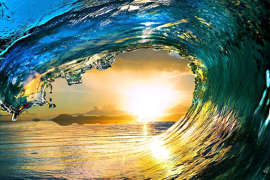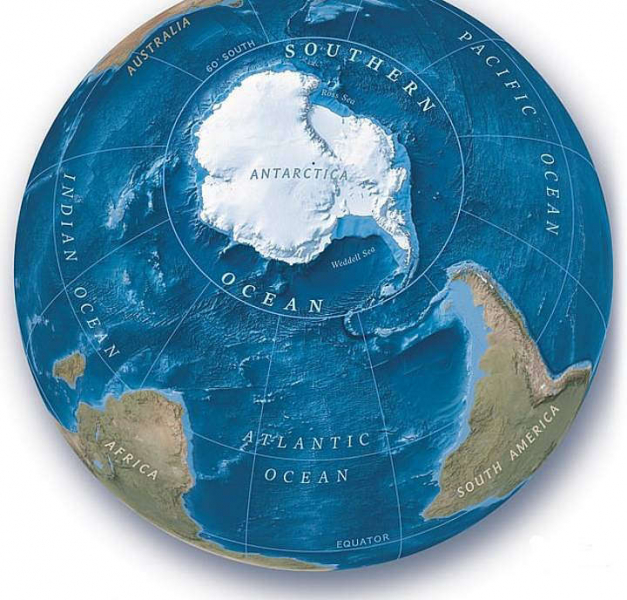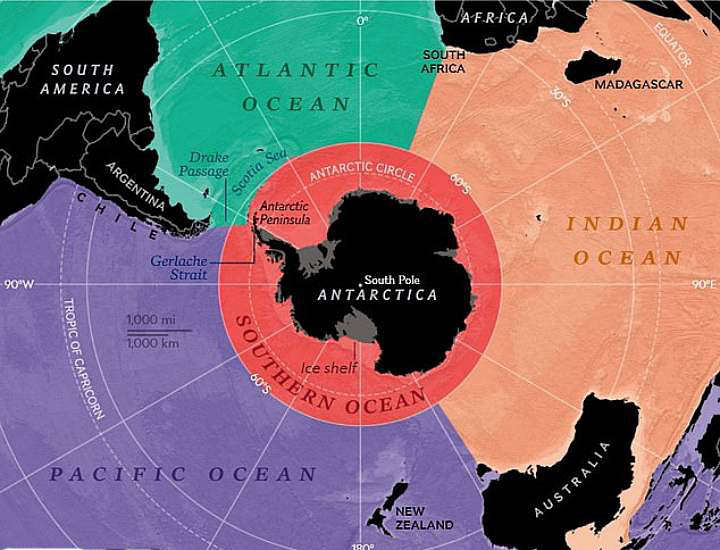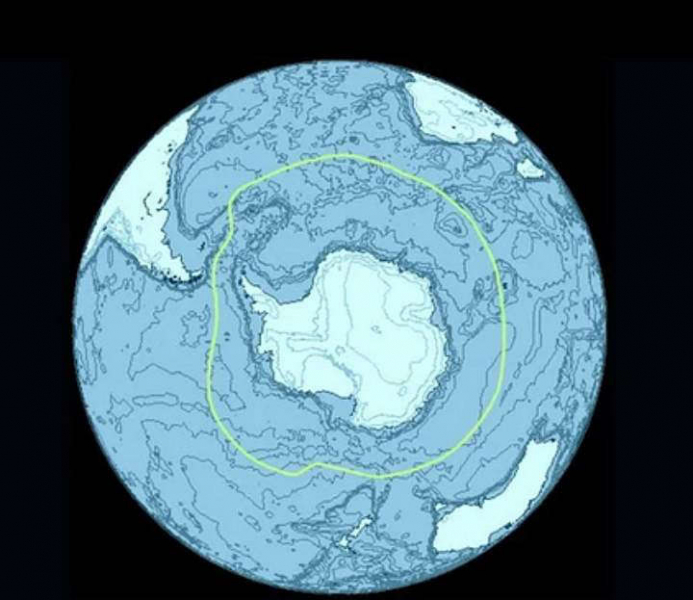
The blue sky – the air ocean – was figuratively called “the fifth” because there were four water oceans: the Arctic, Atlantic, Pacific and Indian. But there was also a fifth one. From June 8, 2021, the Southern Ocean is considered as such, the waters of which wash over Antarctica. Its existence was officially accepted by the National Geographic Society of the United States. As reported by National Geographic magazine.

The very same name “Southern Ocean” appeared a long time ago. The International Hydrographic Organization (IHO) has been using it since 1921. US Board on Geographic Names – since 1999. And the National Oceanic and Atmospheric Administration (NOAA) officially recognized the Southern Ocean as a separate region back in February this year. Now, the geographers-cartographers have honored themselves, having timed their recognition for the “Day of the Oceans” – an international holiday, which the people involved in it celebrate on June 8th.

The Southern Ocean is round. It extends from the shores of Antarctica, inside a circle that runs at 60 degrees south latitude. According to an international treaty, this area of the earth's surface is considered Antarctica.
The fifth ocean, however, does not include the Drake Passage and the Scotia Sea, which remained in the Atlantic Ocean.
In fact, on the outside, the Southern Ocean is bounded by the Antarctic Circumpolar Current (ACC), which carries its colder and fresher waters from west to east around Antarctica.
So, to the question of the geography teacher, “How many oceans are there on Earth?” schoolchildren should henceforth answer: “There are five oceans on Earth – the Arctic, Atlantic, Indian, Pacific and Southern”.
BTW
Who was the first to sail the Southern Ocean?
It is recognized all over the world that the first to reach the shores of Antarctica in 1820 were the Russian navigators Thaddeus Bellingshausen and Mikhail Lazarev on the military sloops Vostok and Mirny. However, there were researchers in New Zealand who dispute their primacy.

Priscilla M. Wehi with colleagues from the local government research institute (New Zealand government research institute Manaaki Whenua) believe that Polynesians visited the Antarctic coast much earlier than Russian sailors – back in the 7th century AD. Scientists have found a hint of this in the oral traditions of the Maori people.
In the stories that the Ngati Rarua and and Te Ati Awa tribes have passed on to each other for centuries, the protagonist is a certain Hui Te Rangiora, who on his ship called Te Iwi-o-Atea reached “a foggy place where the sun is not visible”, saw there are “mountains without vegetation” that “pierce the heavens.”
In an article that the New Zealanders published in the Journal of the Royal Society of New Zealand, they believe that Hui Te Rangiora described either icebergs off the coast of Antarctica or its landscape. From which it allegedly follows that the Maori were the first to plow the Southern Ocean, otherwise they landed on the coast of the icy continent.
Another question: what carried them so far – from the palm trees to the cold? There is no answer to it.

